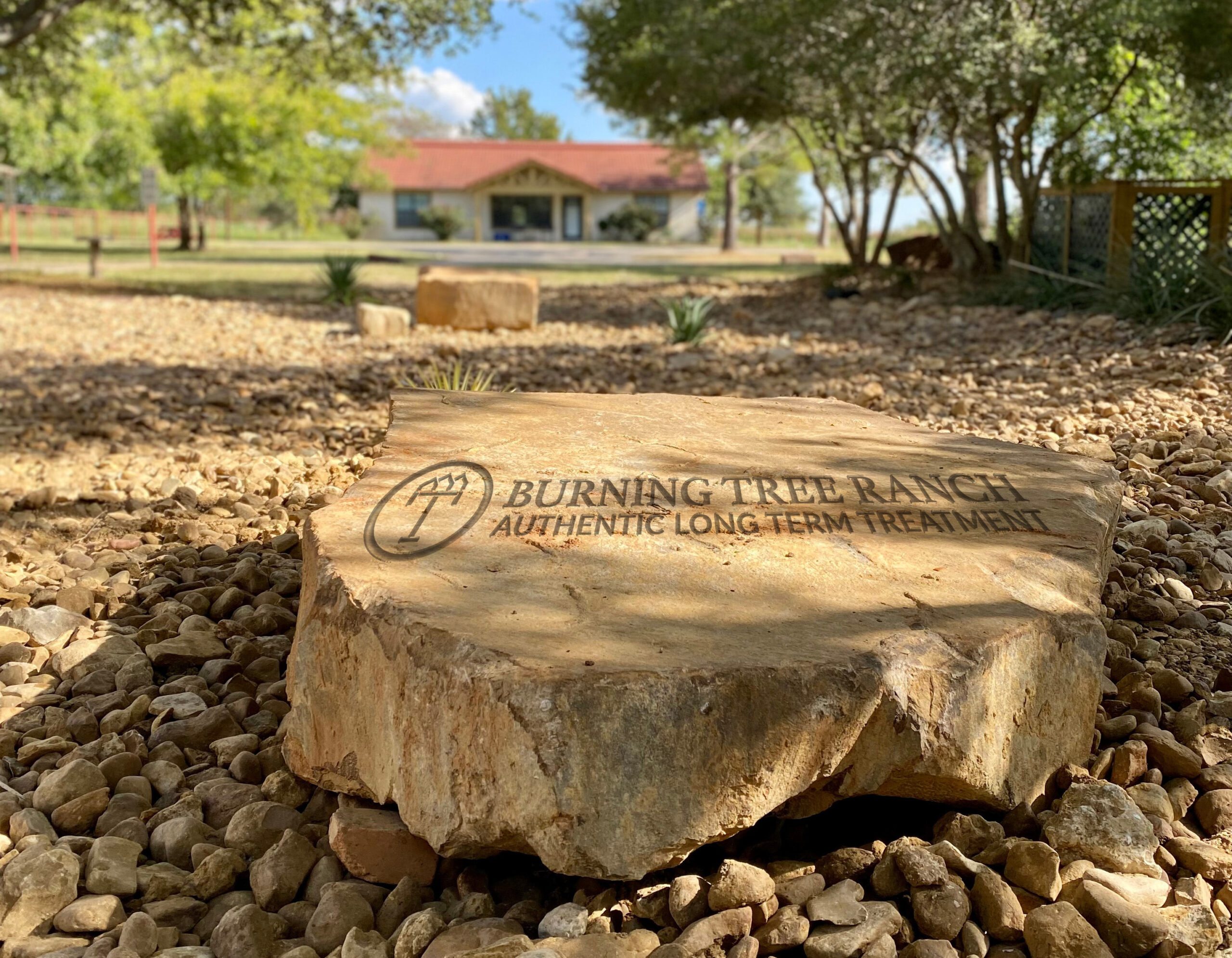Therapies
Gestalt Therapy in the Treatment of Addiction & Chronic Relapse
Gestalt therapy is a type of psychotherapy developed during the 1940s and ’50s that concentrates on the experiences of the patient in the present moment, emphasizes personal responsibility, and uses the various contexts of a person’s life and the self-regulating adjustments made due to the patient’s overall situation.
There are three primary principles behind gestalt therapy:
- The phenomenological method
- The dialogical relationship
- Experimental freedom
Gestalt Therapy at Burning Tree Ranch
Burning Tree Ranch is a specialty program dedicated to the treatment of chronic addiction and mental health. Our program is long-term, progress-based, and highly intensive.
We use Gestalt Therapy as one of several addiction treatment therapies to help our clients confront irrational thought patterns that can lead to disruptive or destructive behaviors.
The Goal of Phenomenological Method
The phenomenological method’s goal is to achieve awareness by reducing the effects of bias through multiple observations and lines of inquiry. The patient must set aside their initial biases in order to remove expectations and other assumptions. Once achieved, the patient attempts to occupy his or her thoughts with description instead of explanation, treating each item or thought as having equal significance and value.
The Dialogical Relationship
A dialogical relationship is created between the patient and therapist through the therapist’s focus on becoming as inclusive as possible. That is, the therapist allows the patient to be in the moment as he or she is, without regard as to whether it is the best state for the patient to be in at the time. For example, an atheistic therapist telling a religious client that religion is nothing but a collection of myths would be counter-productive to the therapeutic goal, especially early in treatments when the relationship is still being established.
Building Experimental freedom
The third principle underpinning gestalt therapy, builds on the idea that the most effective way to help patients is through the use of any experiments necessary, allowing the patient to actually experience something instead of simply talking about the experience. For example, if the therapist notices something in the tone of voice or non-verbal behavior of the client, the therapist might have the patient exaggerate those behaviors and focus on the experience.

“Gestalt Therapy is used to confront irrational thought patterns that can lead to disruptive or destructive behaviors.”
Explore Other Therapies we Use to Treat Addiction at Burning Tree Ranch
Incorporating Gestalt Therapy in Long-Term Treatment
Burning Tree specializes in addiction treatment & Chronic Relapse
We understand the complex, multi-faceted issues many of our families face when it comes to addiction. The circumstances of long-term residential treatment allow us to create a treatment program unlike anything else in the world.
Operating outside the limitations of a traditional 30, 60 or 90-day format, Burning Tree adheres to progress-based metrics that inform the clinical treatment team of the unique mental, emotional and spiritual needs of the individual.
We are the only treatment center in the United States that combines time-intensive residential treatment with a therapeutically coordinated aftercare program focused singularly on the treatment of chronic relapsers.

Featured In Top Publications








